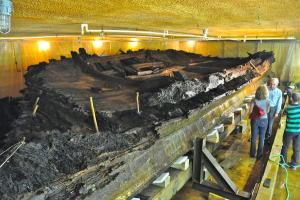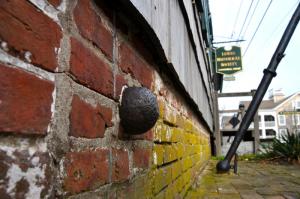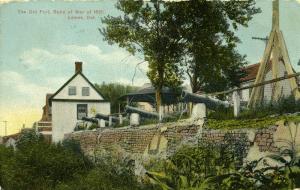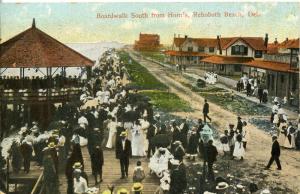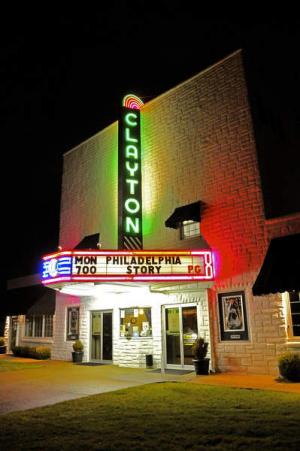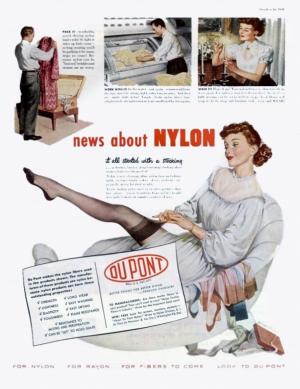Sussex County has its fair share of odd and strange historic facts, infamous characters and unique happenings. Here are just a few:
LEGENDARY SHIP – The HMS DeBraak is the stuff that legends are made of. When the ship sank off the coast of Lewes in May 1798, it was reported that $500 million in Spanish treasure was lost at sea. It wasn't until 1985 that the ship was found and raised. Although there was no treasure, many of the 26,000 recovered artifacts proved to have invaluable historical worth. And believe it or not, a gold ring belonging to James Drew, captain of the ship, was found. Drew is buried in St. Peter's cemetery.
The hull was eventually raised, but it was raised in a manner that damaged not only the hull, but also the surrounding archaeology. The treatment of the wreck, and of many others like it, was a contributing factor to the passage of the national Abandoned Shipwrecks Act of 1987. What is left of the hull of the DeBraak has been preserved and is open for tours in Cape Henlopen State Park.
BETHANY BEACH – founded in 1901 – also can trace its roots to a religious group. The Christian Missionary Society of the Christian Church established camp meetings dating back to 1873. The first building in the small town was a tabernacle. The name was chosen from contest entries.
NOT THE LARGEST – Sussex County is not the largest county east of the Mississippi River. Many county officials and residents brag that Sussex has this title, but they are wrong. In fact, it barely ranks in the top 20; some counties in Maine are larger than Delaware. The confusion may be that the county's land area minus water area is 48 percent, which ranks as the second most land area of any county in the country.
NAME CHANGES – Many towns in the area have had identity crises. Rehoboth Beach was called Cape Henlopen City for two years until it was changed to Rehoboth in 1893. It was changed again to City of Rehoboth Beach in 1937. Keeping track of the chain of Lewes names is more difficult. In the 1600s, the Dutch called the town – actually a small settlement at that time – Swanendael and later Hoerenkill. It was changed to Whorekill and Deale or New Deale by the English. Known as Lewes, Leius, Lewis, Lewestowne and Lewistown, the proper name of Lewes was given to the village by William Penn in 1682. At the same time, Penn named the county Sussex.
However, the courts in Lewes were still known as the Whorekill Courts until the close of the 17th century and into the early 1700s.
In 1807, the Head of Broadkiln was changed to Milton, some say in honor of famed English poet John Milton.
Dagsboro – named in honor of Brig. Gen. John Dagsworthy of Revolutionary War fame – was originally named Blackfoot Town.
PIRATES WERE HERE - Because of pirate raids in 1690 and 1698, a law was passed that all Lewes citizens must own a musket and ammunition as protection from future raids. It didn't help much, because in 1709 French privateers raided the town, causing extensive damage. Legend has it that in 1700, Capt. William Kidd buried a chest of gold in the sand dunes of Cape Henlopen.
BRITISH ATTACK – There aren't many towns – if any – that have an actual British cannonball from the War of 1812 lodged in a building. The famous Lewes Cannonball House on Front Street has a cannonball in the foundation near the front door. The house – built in 1765 – was in the line of fire behind a fort – now War of 1812 Park – when the British bombarded Lewes April 6-7, 1813.
SHIP BUILDING – Ship building was a major industry in Sussex County in the late 19th century into the early 20th century. Milton, Bethel, Seaford and Laurel were all shipbuilding centers. Milford was once home to six shipyards along the Mispillion River. However, the shipyards' success eventually spelled doom for the industry when the last of the giant white oaks used to build the ships were cut down in the 1920s.
GOOD WITH THE PEN – At least two famous cartoonists have connections to Sussex County. Robert Crumb of “Keep on Truckin'” and Fritz the Cat fame grew up in Milford. The late Bob Clarke moved to Seaford in his later life where he continued to submit work to Mad magazine, including “Spy vs. Spy” cartoons.
BEST TOWN MOTTO – “If you lived here, you would be home now,” on Bridgeville's welcome signs.
LOST TOWN MOTTO – Seaford is no longer “Nylon Capital of the World.” It now known as “The Perfect Place to Start.”
BOARDWALKS – Rehoboth Beach's famous Boardwalk dates back to 1873; in Bethany Beach the first boardwalk was built in 1903.
LAST PICTURE SHOW – The last single-screen movie theater still operating in Delaware is The Clayton – opened in February 1949 – in Dagsboro.
LONG-TIME SHOP – The Kings Ice Cream building on Union Street in Milton is considered the oldest commercial building in continuous use in Sussex County.
Sources: Lewes Historical Society; Sussex County government records; Rehoboth Beach Historical Society; Delaware Public Archives; various Sussex County and town websites.












